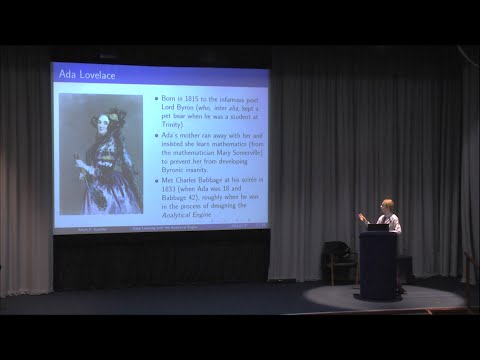Description:
Explore the potential of Charles Babbage's Analytical Engine to perform deep learning in this 36-minute Churchill CompSci Talk. Delve into the history of mechanical computation, from the Difference Engine to the Analytical Engine, and discover how 21st-century algorithmic intelligence can be implemented on a 19th-century machine. Learn about neural networks, the MNIST classification problem, and various activation functions while following the journey of adapting modern deep learning techniques to Victorian-era technology. Gain insights into the hardware specifications, memory, and speed of early computers, and consider Ada Lovelace's prescient thoughts on machine intelligence and the Information Age. Through this immersive Victorian adventure, encounter the challenges and possibilities of combining historical mechanical computing with cutting-edge artificial intelligence concepts.

Deep Learning with the Analytical Engine
Add to list
#Computer Science
#Artificial Intelligence
#Neural Networks
#Programming
#Deep Learning
#Machine Learning
#Activation Functions